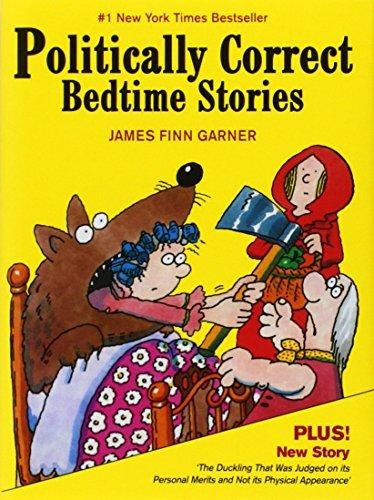
A refreshing and hilarious read...
When they were first written, the stories on which the
following tales are based certainly served their purpose – to entrench the
patriarchy, to estrange people from their own natural impulses, to demonize
“evil” and to “reward” an “objective” “good”.
It is a sexist, ages and racist remark, it has another optic, it
changes your point of view of the typical stories that you may have read when
you were young,
This book allows you to go deep in the vocabulary analysis and to
make a reflection on those passages that refers to feminism, sexism and racism.
Comentarios
Publicar un comentario